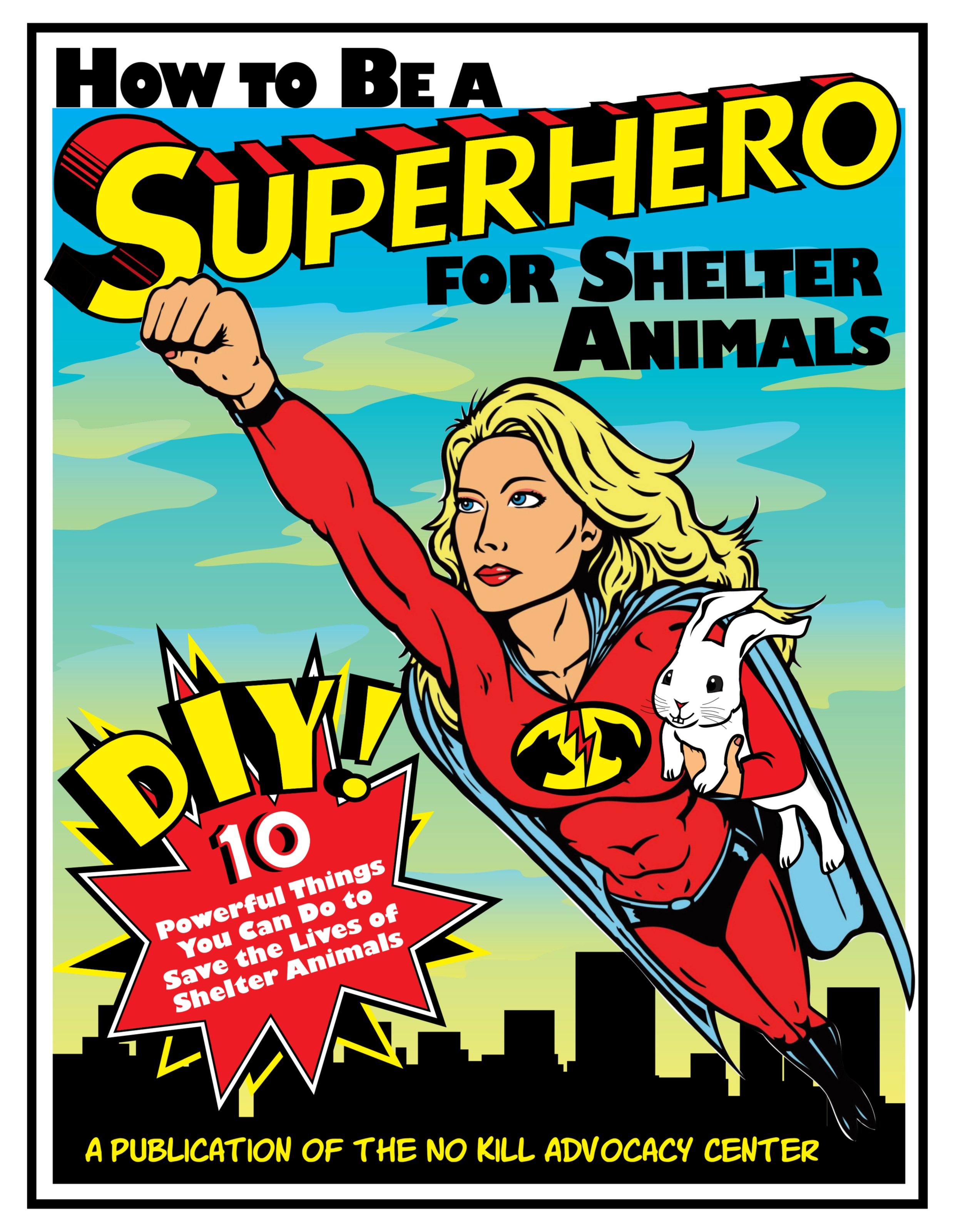What is No Kill?
A No Kill shelter (or no-kill shelter) can be a private shelter or an open-admission animal control facility. An animal shelter achieves No Kill when it has ended the killing of all non-irremediably suffering animals.
“Irremediable suffering” means an animal who has a poor or grave prognosis for being able to live without severe, unremitting physical pain even with prompt, necessary, and comprehensive veterinary care.
Click image to read “Defining No Kill.”
Ask Question. No Kill Answers
Please note that the AI model is still in beta and does not produce official results or statements. While it is learning, it may get some answers wrong. For this reason, the answers cannot be cited.
For verified answers that can be cited, please refer to The No Kill Companion.
The No Kill Equation
The Programs & Services That Replace Killing
Animals enter shelters for a variety of reasons and with a variety of needs, but for over 100 years, the “solution” has been the same: adopt a few and kill the rest. The No Kill Equation provides a humane, life-affirming means of responding to every type of animal entering a shelter, and every type of need those animals might have.
While shelter leadership drives the No Kill initiative, it is the community that extends the safety net of care. Unlike traditional shelters—which view members of the public as adversaries and refuse to partner with them as rescuers or volunteers—a No Kill shelter embraces the people in its community. By working with people, implementing lifesaving programs, and treating each life as precious, a shelter can transform.
Statistics
There are roughly one million dogs and cats killed in U.S. shelters annually because they lack a home, but as many as 30 million Americans add a new animal to their households every year. We do not have a “pet overpopulation” problem; we have a market share challenge. When shelters compete for the market share of homes and keep animals alive long enough to find those homes, shelter animals are saved rather than killed.
About 6.5 million animals enter shelters every year.
Approximately 800,000 animals are killed.
Roughly 30 million acquire a new companion animal every year.
Less than 1% of shelter animals are irremediably suffering.
Millions of people live in communities saving between 98% and 99% of dogs and cats in their shelters,
Tens of millions of people live in communities saving between 90% and 99% of dogs and cats in their shelters.
How much do we love our animal companions? Let us count the ways:
Americans spent over $150 billion on them last year.
Spending on companion animals is growing 50% faster than the overall retail economy.
Most U.S. households have an animal companion, a rate that is growing.
The percentage of animals acquired from shelters and rescue groups is growing.
The number of communities with breed discriminatory legislation is declining and the last statewide ban was repealed.
81% consider their animal companions "surrogate children."
The senior animal is the fastest growing segment of the pet population.
Three out of four people say it should be illegal to kill animals if the animals are healthy or treatable.
96% of Americans say we have a moral duty to protect animals and should have strong laws to do so.
The no kill companion
The No Kill Companion is our annual primer on the state of the animal sheltering movement.
The definitive guide to animal shelter issues, The No Kill Companion is a reference manual for legislators, policymakers, shelter managers, media, advocates, and other stakeholders. With short encyclopedia-like entries, it covers the definition of No Kill, its history, opposition, challenges, controversies, threats to No Kill success, the state of the movement, costs and benefits of No Kill animal control, model legislation, shelter assessment tools, a glossary, and a primer on various sheltering issues, including temperament testing, community cats, and more.
The No Kill Companion is also available in packs of 10, making it easy to distribute to your local City Council, Board of Commissioners, or other policymakers. To purchase a 10-pack, please click here.
Join the cause
At The No Kill Advocacy Center, we’re big on empowering the grassroots to stop kill shelters.
There are many ways to help achieve a No Kill community. You can force the shelter to change by passing legislation. You can engage in political advocacy. You can rescue animals directly from death row and find them homes yourself. You can take over the shelter. You can create a national campaign. And more. When others won’t, you can always do it yourself!
A No Kill nation is within our reach.
Since our founding, there’s been a 90% drop in the killing of dogs and cats in American pounds. Despite an explosion in the number of animal companions, the number of dogs and cats killed has fallen from roughly five million annually to as low as one million today. Its been called “the single biggest success of the modern animal protection movement.” At the heart of that success has been the No Kill revolution in America.





